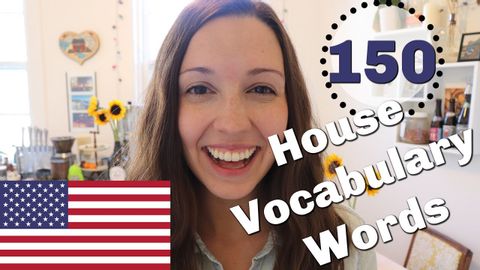
Subtitles & vocabulary
150 House Vocabulary Words: Expand your English vocabulary
00
Justin Ho posted on 2021/07/12Save
Video vocabulary
vocabulary
US /voˈkæbjəˌlɛri/
・
UK /və'kæbjələrɪ/
- Uncountable Noun
- Words that have to do with a particular subject
- The words that a person knows
B1TOEIC
More separate
US /'sepəreɪt/
・
UK /'sepəreɪt/
- Adjective
- Being different from or unrelated to another
- Not connected; different.
- Transitive Verb
- To divide two things by being in between them
- To move things away from each other
A2TOEIC
More bit
US /bɪt/
・
UK /bɪt/
- Noun
- Device put in a horse's mouth to control it
- Small piece of something
- Intransitive Verb
- (E.g. of fish) to take bait and be caught
A1
More Use Energy
Unlock All Vocabulary
Unlock pronunciation, explanations, and filters
